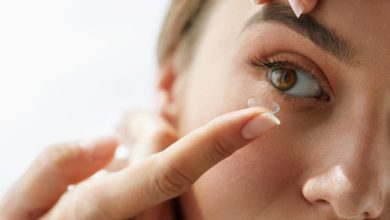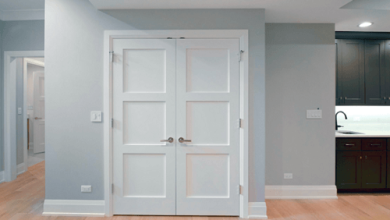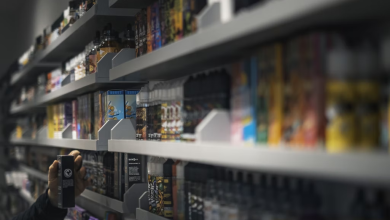The Science Behind Blue Light Therapy & Its Effect On Acne

Acne is a common skin condition that affects millions of people around the world. It can be painful, unsightly, and can have a profound impact on a person’s self-esteem. While there are many acne treatments available, blue light therapy has become increasingly popular in recent years as a non-invasive option.
What Is Blue Light Therapy?
Blue light therapy is a type of phototherapy that uses blue light at a specific wavelength to target the bacteria that cause acne. The light is emitted from a device, typically a handheld wand, that is held close to the skin.
What Causes Acne?
Acne is caused by a combination of factors, including overproduction of oil, clogged pores, and the presence of bacteria known as Propionibacterium acnes (P. acnes). When these factors come together, it can result in the formation of pimples, blackheads, and whiteheads.
The Science Behind Blue Light Therapy For Acne
Blue light therapy works by targeting the P. acnes bacteria that lives within the hair follicles and contributes to the development of acne. Blue light has a specific wavelength that is absorbed by the P. acnes bacteria, which causes the production of reactive oxygen species (ROS) within the bacteria. The ROS destroys the bacteria, effectively reducing the severity of acne.
The use of blue light for acne is a relatively new development in the world of skincare and has been growing in popularity in recent years. It is a non-invasive and pain-free alternative to traditional acne treatments, such as topical creams and oral antibiotics.
Studies have shown that blue light therapy can effectively reduce the severity of acne and improve the overall appearance of the skin. In one study, patients who underwent 8 weeks of blue light therapy showed significant improvement in the number of acne lesions and overall skin clarity compared to those who did not receive treatment.
In addition to its effectiveness, blue light therapy has a low risk of side effects and is well-tolerated by patients. This makes it an attractive option for those who are looking for a gentler and less invasive way to treat their acne.
The Benefits Of Blue Light Therapy For Acne
One of the main benefits of blue light therapy for acne is that it is non-invasive and pain-free. Unlike other acne treatments, such as chemical peels or extractions, blue light therapy does not cause any discomfort or pain.
Blue light therapy is also safe and effective. There have been no reports of significant side effects or adverse reactions to the treatment unlike many topical acne medications. This makes it an excellent option for people with sensitive skin or who cannot use other acne treatments.
Limitations Of Blue Light Therapy For Acne
One of the main limitations of blue light therapy is that it may not be as effective for severe acne. It is best suited for mild to moderate acne and may not provide the same results for those with more severe cases.
Incorporating Blue Light Therapy Into An Acne Treatment Regimen
It is always best to consult with a dermatologist before starting any new acne treatment, including blue light therapy. Your dermatologist can help you determine if blue light therapy is right for you and create a personalized treatment plan.
Blue light therapy can also be combined with other acne treatments, such as topical medications or facials, for maximum effectiveness. Your dermatologist can recommend the best combination of treatments for your specific skin needs and concerns.
In addition to incorporating blue light therapy into your treatment regimen, it is important to maintain a good skincare routine. This can include cleansing your skin regularly, using non-comedogenic products, and avoiding triggers that may cause breakouts.
For those who are looking to try blue light therapy for acne at home, there are several blue light therapy devices available on the market. Just be sure to do your research and choose a device that has been clinically tested and proven effective.
In conclusion, blue light therapy is a promising treatment option for those looking to tackle acne. With its many benefits and low risk of side effects, it’s a treatment that is worth considering for anyone struggling with acne. However, it is important to consult with a dermatologist to determine the best treatment plan for your individual needs and concerns.










